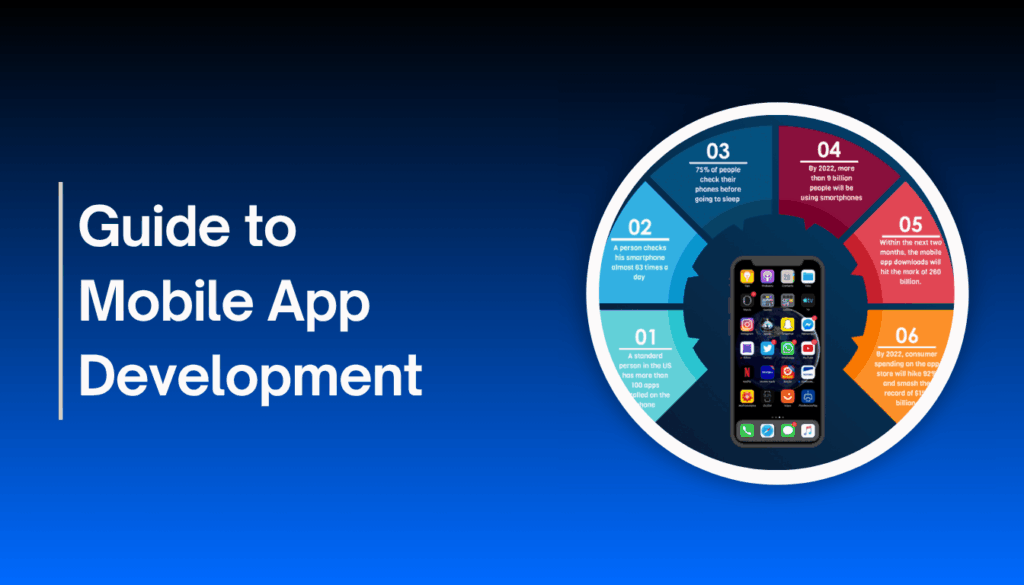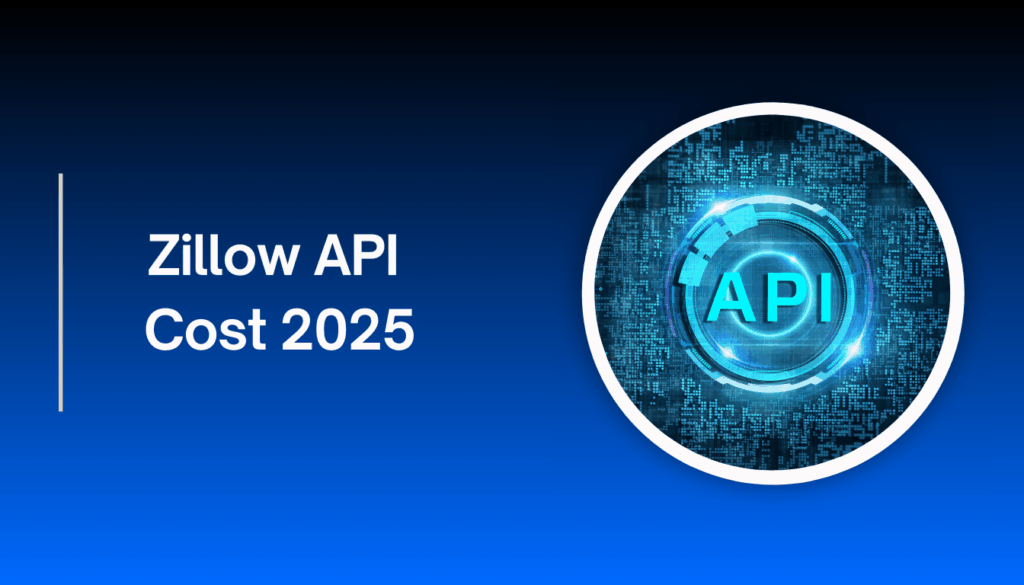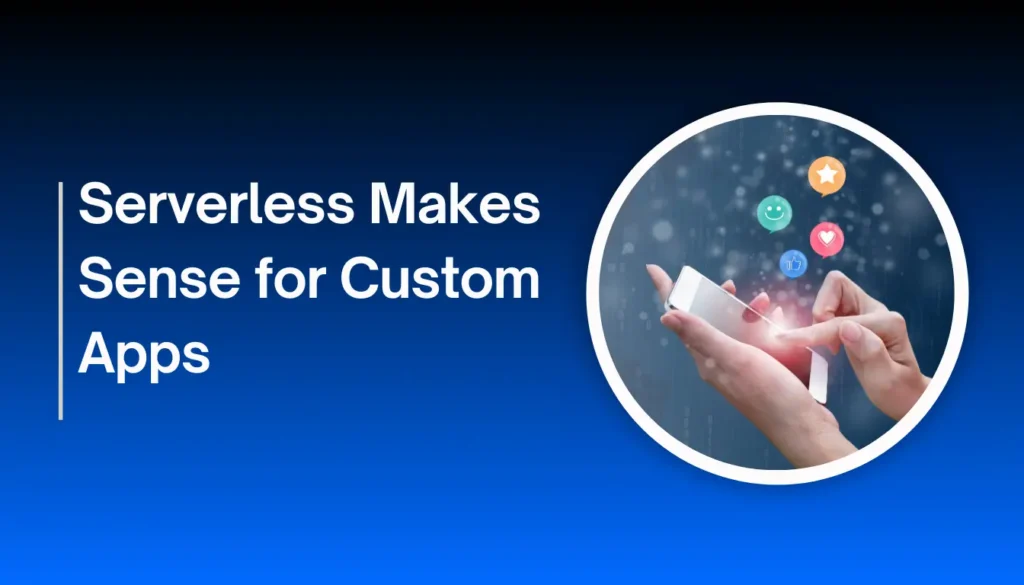Did you know that by 2025, Gartner predicts over 70% of new applications will be built using low-code or no-code technologies? That’s a massive jump from just a few years ago. This isn’t just a trend; it’s a fundamental shift in how businesses create software. Low-code platforms are no longer a niche tool; they are now the primary driver for building the essential enterprise apps that power modern companies. They are democratizing development, allowing people without a deep technical background to build powerful tools and reshape the digital landscape from within.
The Low-Code Revolution
A low-code platform provides a visual, drag-and-drop environment for building applications. Instead of writing thousands of lines of code, users can assemble pre-built components and workflows. This approach drastically speeds up development, reduces costs, and empowers teams across the organization to innovate.
Faster Time-to-Market
Businesses today need to adapt quickly. Low-code allows for rapid prototyping and deployment, often reducing development time by 50% to 90%. This means companies can launch new applications in weeks instead of months, responding to market changes and customer feedback with unprecedented speed.
In my experience working with a mid-sized logistics company, their traditional development cycle for a new internal tracking app was over six months. By adopting a low-code platform, they built a fully functional prototype in just three weeks. That speed of delivery meant their employees got the tools they needed far sooner.
Bridging the Skills Gap
The demand for skilled software developers far exceeds the supply. Low-code platforms help bridge this gap by enabling “citizen developers”—business users who know their department’s needs best—to build their own applications. This frees up professional IT developers to focus on more complex, mission-critical projects.
It’s all about making technology accessible. When the people closest to a problem can create a solution, the business becomes more agile and responsive.
Enhanced Agility and Flexibility
Enterprise apps need to be flexible enough to evolve with business needs. Low-code makes it easy to modify and update applications. You can add new features, adjust workflows, or change the user interface with minimal effort, ensuring your applications stay relevant and effective over time.
Key Strategies for Adopting Low-Code
A successful low-code adoption requires a strategic approach. It’s about more than just picking a tool; it’s about building a new way of working.
Start with a Pilot Project
Do not try to build your most complex, mission-critical application on day one. Start with a smaller, contained project. This could be a new internal dashboard, a simple workflow automation tool, or a data collection app. A pilot project helps your team learn the platform, understand its capabilities and limitations, and build confidence for larger projects down the line.
Foster Collaboration Between IT and Business Teams
A major benefit of low-code is bringing business and IT together. IT should not be bypassed but should be a partner in the process. They can set up guardrails for security and governance, provide guidance on best practices, and ensure the new apps integrate properly with existing systems. This partnership prevents “shadow IT” and ensures all applications meet company standards.
Focus on Governance and Security
Just because an application is built quickly doesn’t mean it should be insecure. Establish clear governance policies for application development. This includes guidelines for data access, user permissions, and deployment procedures. Many low-code platforms have built-in security features, but they need to be configured correctly.
Common Mistakes in Low-Code Adoption
Even with the best intentions, companies can stumble on their low-code journey.
Treating It as a “No-Plan” Solution
Low-code is fast, but it’s not a magic wand. You still need to plan your project, define the scope, and understand the user’s needs. Skipping the planning phase leads to poorly designed apps that don’t solve the core problem. A good app built fast is great; a bad app built fast is just a fast failure.
Underestimating Integration Needs
Many enterprise apps rely on data from other systems. Failing to plan for integration with existing databases, CRM, or ERP systems can create isolated, ineffective applications. Always choose a platform with robust integration capabilities and factor this into your project plan from the start.
Ignoring Vendor Lock-in
Becoming too dependent on a single vendor is a risk. Before committing, consider a platform’s flexibility and what happens if you need to migrate your applications in the future. Some platforms offer more open architectures and export options than others.
Top Low-Code Platforms for Enterprise in 2025
The market for low-code platforms is competitive and growing. Here’s a look at some of the leading players for building enterprise apps.
| Platform | Best For | Key Features |
|---|---|---|
| Microsoft Power Apps | Microsoft-centric organizations | Seamless integration with Office 365, Dynamics, and Azure; extensive connectors. |
| OutSystems | Full-stack application development | AI-assisted development, high performance, and scalability for enterprise-grade applications. |
| Appian | Complex process automation | Strong business process management (BPM) capabilities, advanced workflow automation. |
| Mendix | Agile development and collaboration | Owned by Siemens; supports multi-disciplinary teams and AI-powered development assistance. |
These platforms offer a range of features, from simple form builders to complex workflow automation and AI integration, providing a solution for almost any business need.
Expert Insights on Low-Code
Industry leaders are unanimous about the future of low-code.
“Low-code is not just a technology; it’s a movement towards democratizing software development and enabling business agility.” – Gartner Analyst.
This quote highlights that the real value isn’t in the code itself, but in the ability to empower people and make businesses more responsive. It’s about changing the culture of how we build and innovate.
“The future of low-code platforms hinges on the successful fusion of AI and blockchain tech.” – Technology Consultant.
This suggests that the next evolution of these platforms will involve even smarter, more automated tools and secure, transparent backend systems, making them even more powerful for building the next generation of enterprise apps.
Key Takeaways
- Low-code platforms are a crucial component of modern digital strategies, with high adoption rates projected for 2025.
- They provide significant benefits, including faster development, cost savings, and the ability to bridge the developer skills gap.
- Successful adoption requires a clear strategy, a focus on governance, and a collaborative approach between IT and business teams.
- Common pitfalls include a lack of planning, underestimating integration needs, and a failure to consider vendor lock-in.
- Top platforms like Microsoft Power Apps, OutSystems, and Appian are leading the charge in the low-code space.
Frequently Asked Questions
How Low-Code Platforms are Reshaping Enterprise Apps in 2025?
Low-code platforms are reshaping enterprise apps by dramatically accelerating development speed, enabling business users to create their own applications, and freeing up professional developers to focus on more strategic projects. This allows businesses to be more agile, cost-effective, and responsive to market demands.
Is low-code development only for non-technical users?
No, while low-code platforms are a great way for “citizen developers” to build applications, they are also used by professional developers. Developers use these tools to speed up routine tasks, build prototypes, and manage the user interface, allowing them to focus on complex coding and logic where it’s needed most.
Are low-code applications secure?
Yes, reputable low-code platforms have strong security features built-in, including role-based access control, data encryption, and regular security audits. The security of the final application depends on the developer correctly configuring these settings and following best practices set by the company’s IT department.
What is the difference between low-code and no-code?
Low-code platforms are for users with some technical knowledge, often developers, and allow for some custom coding to extend functionality. No-code platforms are for non-technical users and provide a completely visual, drag-and-drop interface with no coding required. Both are aimed at speeding up development, but they target different users.
Recommendations
The era of low-code platforms is here, and their role in building enterprise apps will only grow more vital. To stay competitive, your organization should look beyond traditional development methods. Begin by identifying a simple, high-impact project that can serve as a pilot. Partner with IT to establish a solid governance model and select a platform that aligns with your long-term business goals. The right low-code platform can transform your company’s ability to innovate and respond to change. Ready to empower your teams and accelerate your digital journey? Let us guide you in choosing the best low-code platform for your needs.




















